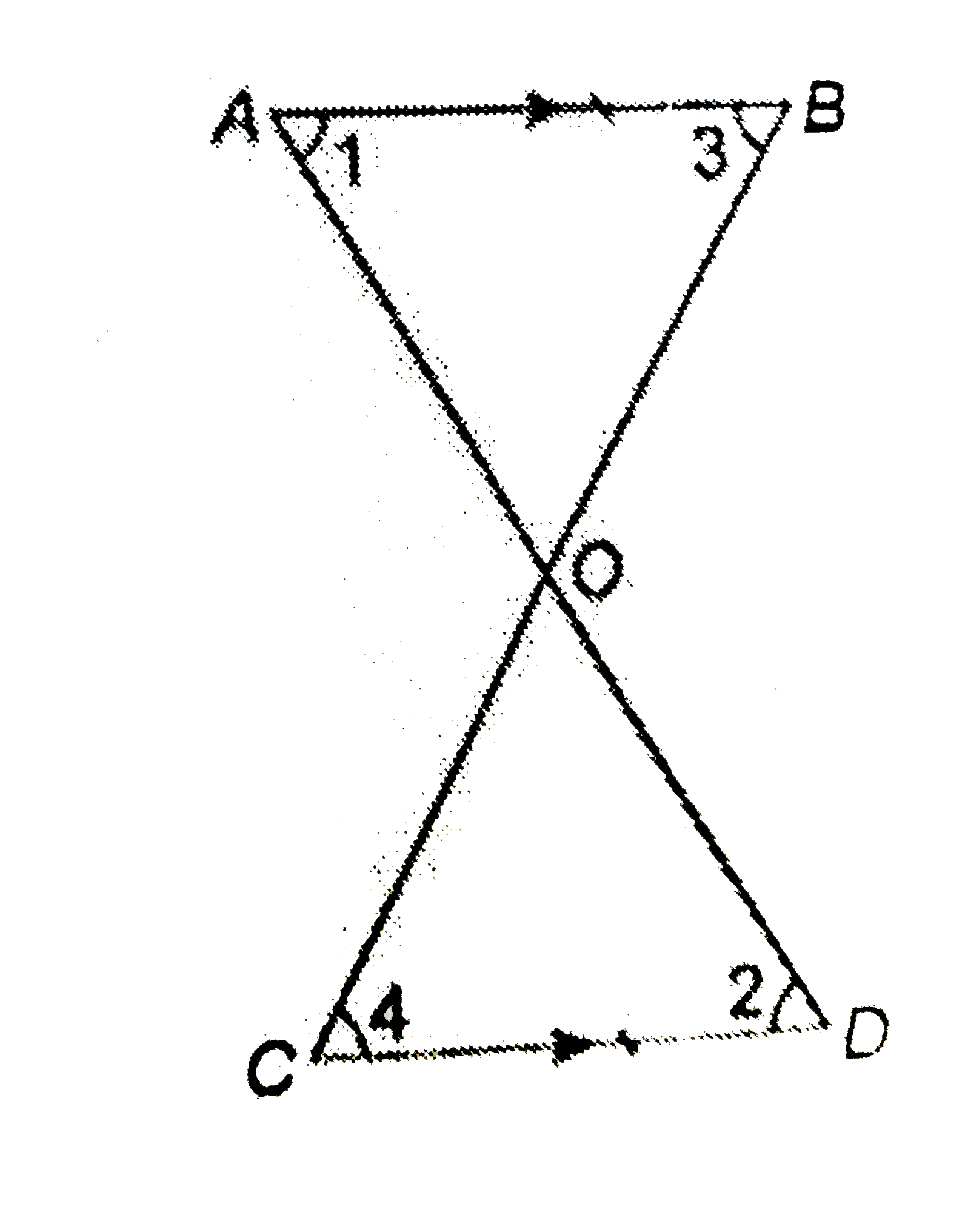A reaction of a type : AB+CD→AD+CD, involves
no chemical change
decomposition of AB and CD
exchange of ions of AB and CD
combination of AB and CD
To analyze the reaction AB+CD→AD+CB, we can break it down step by step:
Step 1: Identify the Reactants and Products
In the given reaction, we have:
- Reactants: AB and CD
- Products: AD and CB
Step 2: Analyze the Reaction Type
The reaction shows that the components of the reactants AB and CD are rearranging to form new products AD and CB.
Step 3: Determine What Happens to the Components
- The A from AB combines with D from CD to form AD.
- The C from CD combines with B from AB to form CB.
- Notice that CD is not consumed in the reaction; it is present in both the reactants and products.
Step 4: Identify the Type of Reaction
Since the ions or components of the reactants are exchanged to form new products without any decomposition or combination, this reaction is classified as an exchange reaction or double displacement reaction.
Conclusion
The correct answer is option C: exchange of ions of AB and CD.
---
In the given reaction, we have:
- Reactants: AB and CD
- Products: AD and CB
The reaction shows that the components of the reactants AB and CD are rearranging to form new products AD and CB.
- The A from AB combines with D from CD to form AD.
- The C from CD combines with B from AB to form CB.
- Notice that CD is not consumed in the reaction; it is present in both the reactants and products.
Since the ions or components of the reactants are exchanged to form new products without any decomposition or combination, this reaction is classified as an exchange reaction or double displacement reaction.
The correct answer is option C: exchange of ions of AB and CD.
Topper's Solved these Questions
- CHEMICAL CHANGES AND REACTIONSBook:ICSEChapter:CHEMICAL CHANGES AND REACTIONSExercise:EXERCISE 2(C)
Explore 30 Videos
- CHEMICAL CHANGES AND REACTIONSBook:ICSEChapter:CHEMICAL CHANGES AND REACTIONSExercise:EXERCISE 2(C)
Explore 30 Videos
- ATOMIC STRUCTURE AND CHEMICAL BONDINGBook:ICSEChapter:ATOMIC STRUCTURE AND CHEMICAL BONDINGExercise:EXERCISE 4(D)
Explore 21 Videos
- ICSE EXAMINATION PAPER 2020 Book:ICSEChapter:ICSE EXAMINATION PAPER 2020 Exercise:Section-I
Explore 11 Videos
Similar Questions
If the sides of a quadrilateral ABCD touch a circle prove that
AB+CD=BC+AD.
View SolutionIn the adjoining figure, common tangents AB and CD to two circles intersect at P.
Prove that AB=CD.

View SolutionThe given figure (not drawn to scale) shows two straight lines AB and CD. If equation of the line AB is : y=x+1 and equation of line CD is : y=√3x−1. Write down the inclination of lines AB and CD, also, find the angle θ between AB and CD.

View SolutionFind the area of the trapezium ABCD in which AB//DC, AB = 18 cm, ∠B=∠C=90∘, CD = 12 cm and AD = 10 cm.
View SolutionThe drawn alongiside (not drawn to scale) shows two stragit lines AB and CD. If the equation of line AB is: x−√3y+5=0 and the equation of line CD is : x−y=2, write down the inclinations of lines AB and CD, also find the angle θ i.e., angle CPB.

View SolutionIn the adjoining figure AB=CD and AB||CD prove that :
(i) ΔAOB≅ΔDOG
(ii) AD and BC bisect each other at point O.

View SolutionIn the adjoining figure, AB = CD and AB||CD prove that
(i) ΔAOB≅ΔDOC
(ii) AD and BC bisect each other at the point O.

View SolutionIn the figure if AB || CD and AD||BC, find ∠Aand∠D

View SolutionABCD is a trapezium such that AB and CD are parallel and BC⊥CD. If ∠ADB=θ,BC=pandCD=q, then AB is equal to
View SolutionIn figure, common tangents AB and CD to two circles intersect at E. Prove that AB=CD.

View Solution
